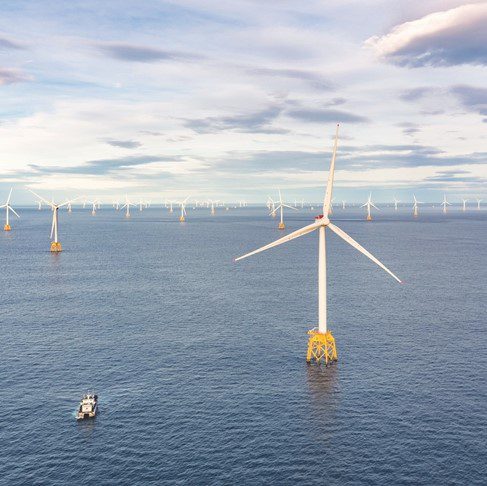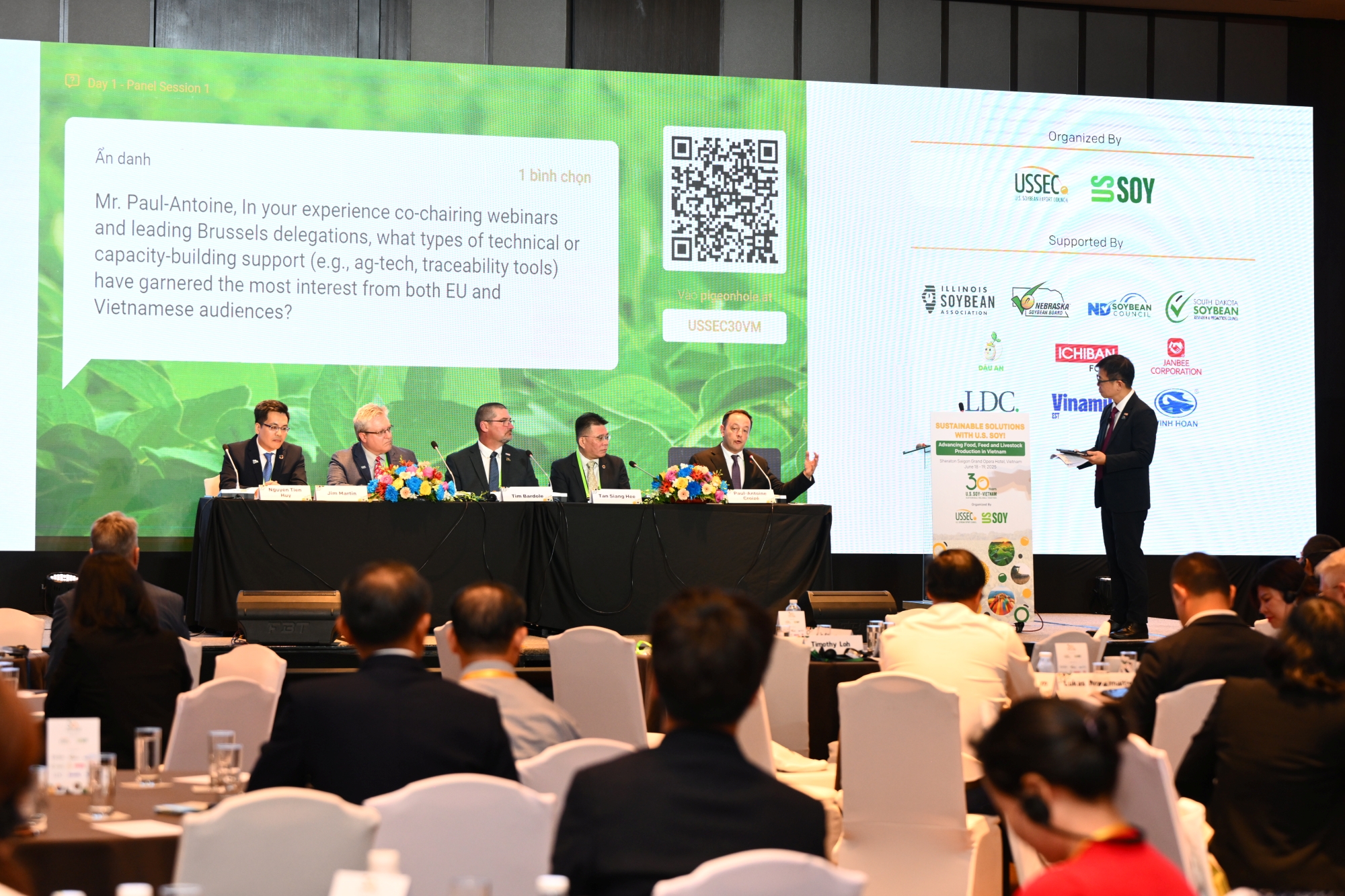We are delighted to announce a momentous achievement in Vietnam’s energy sector—the long-awaited signing of Vietnam’s Power Development Plan (PDP) VIII. This signing, which took place on May 15, 2023 and was formalized through Decision No. 500/QD-TTg, marks a crucial step towards ensuring a sustainable and secure energy future for the country.
The plan has experienced a delay of over two years and has undergone numerous draft versions prior to receiving approval from Prime Minister Pham Minh Chinh. However, it still awaits formal authorization from Vietnam’s National Assembly, which is expected to occur later this month.
PDP VIII outlines an extensive roadmap for developing energy sources, grid infrastructure, and expanding renewable and new energy sectors in Vietnam from 2021 to 2030, with a vision towards 2050. This comprehensive plan encompasses key aspects, including power grid interconnections with neighboring countries.
Central to PDP VIII is the extensive development of renewable energy sources for electricity production. Renewable energy sources, including hydropower, solar power, wind, and biomass, are projected to experience a nearly twofold increase, accounting for about 50% of energy capacity by 2030. Looking ahead to 2050, renewable energy sources will soar, constituting 69.8% of power capacity and generating an impressive 80.5% of total electricity production. By enhancing self-sufficiency in renewable energy production, PDP VIII aims to reduce the nation’s reliance on imported energy.
In line with this, PDP VIII emphasizes the importance of establishing a robust smart grid system capable of effectively integrating and operating large-scale renewable energy sources. This focus on smart grid infrastructure underscores Vietnam’s dedication to reliable and efficient renewable energy.
While acknowledging Vietnam’s abundant renewable energy resources, such as offshore wind power and solar power, the plan also emphasizes the significance of emerging energy technologies, including mixed gas, hydrogen, and ammonia.
Coal power, which is currently a significant component in Vietnam’s energy mix, is also set to decline from approximately 29% to 20.5% by 2030, while the contribution of natural gas will nearly double. Looking ahead to 2050, coal power sources will be almost completely phased out.
Gas power capacity will reach 40.3 GW by 2035, but its proportion will decline to 7% by 2050, as mixed gas and hydrogen power become more prevalent.
Furthermore, PDP VIII highlights the imperative to control greenhouse gas emissions associated with electricity generation, aiming to achieve a peak emission level of no more than 170 million tons by 2030.
PDP VIII prioritizes safe and reliable power supply, with a focus on meeting the N-1 criteria for important load areas and the N-2 criteria for particularly critical load areas. By 2030, Vietnam is seeking to achieve top-tier reliability of electricity supply among ASEAN countries, with its electricity access index ranking among the top three.
By implementing PDP VIII, Vietnam aims to ensure national energy security while effectively addressing the demands of socioeconomic development, industrialization, and modernization. The plan facilitates a smooth transition towards equitable and sustainable energy systems, aligning with global trends towards greener practices and the need to reduce emissions. It assumes the responsibility of nurturing the growth and maturity of a comprehensive energy industry ecosystem, with a strong emphasis on renewable and emerging energy sources. This places Vietnam at the forefront of significant progress in its energy sector, demonstrating its dedication to a greener and more sustainable energy future.
According to EuroCham Chairman Gabor Fluit, “Many EuroCham members have extensive global expertise in developing, financing, and managing renewable energy projects. With a deep understanding of the infrastructure and requirements for generating and transmitting renewable energy, we are all dedicated to supporting Vietnam, local developers, and suppliers in their transition towards sustainability.”
“Looking ahead, EuroCham remains dedicated to coordinating efforts and providing valuable input to ensure the swift and efficient implementation of the plan. We eagerly anticipate collaborating with the government in any capacity and seizing every opportunity to contribute. Myself and the rest of the EuroCham team are 100% committed to realizing the targets of this plan.”
Right from the beginning, European foreign direct investment (FDI) enterprises have consistently showcased their willingness and readiness to actively contribute to the development of Vietnam’s energy sector. Europe stands firmly committed to supporting Vietnam in achieving a diversified mix of energy supply, enhancing energy security, and promoting the development of indigenous technology. By fostering energy stability in Southeast Asia, we are dedicated to contributing to sustainable growth and progress.
However, to effectively stimulate private sector involvement, additional efforts are needed. Achieving this objective necessitates greater clarity, particularly in addressing economic aspects such as market design, grid upgrade plans, how to ensure satisfactory returns on investment, as well as implementation plans for the Just Energy Transition Partnership (JEPT). Furthermore, enhanced transparency and understanding of energy subsidies are essential. We eagerly anticipate further progress in these challenging but essential areas.
According to Chairman of the EuroCham Green Growth Sector Committee, Tomaso Andreatta, “The approval of PDP VIII is an important step in completing the government’s formal framework to reform the energy system to meet the needs of the second quarter of the 21st century. The real work starts now in defining the legal tools for implementing the plans, unifying the authorization processes through a single gate, financing an extremely ambitious investment plan that surpasses the national capabilities by several times, changing the decision processes of all parties involved by considering lifecycle economics and not just initial investment, and adapting to new technologies that may be more cumbersome today but allow for the only real progress towards decarbonization. Carbon subtraction and new carbon credits alone cannot rebalance the carbon emissions of natural gas, liquefied natural gas, and coal. A strong base load of renewable energy and, as soon as feasible, green hydrogen accompanied by storage can be given even more room than in the decree.”
He continued, saying that, “The necessary reforms to succeed include various aspects such as strengthening local banks, opening up to international investment in infrastructures, improving Vietnam’s credit stance – which includes maintaining the very solid government budget limits – and strengthening Vietnam Electricity (EVN) by bringing energy prices to cover the full cost and investment necessary to completely revamp the grid, with the support of private companies. It also involves letting go of production and direct power purchase agreement (DPPA) connections that add to the grid’s burdens. Long-term solutions need to be devised for the feed-in tariff (FIT) tariffs that are uneconomical for the energy company, which can choose to interrupt supply.”






